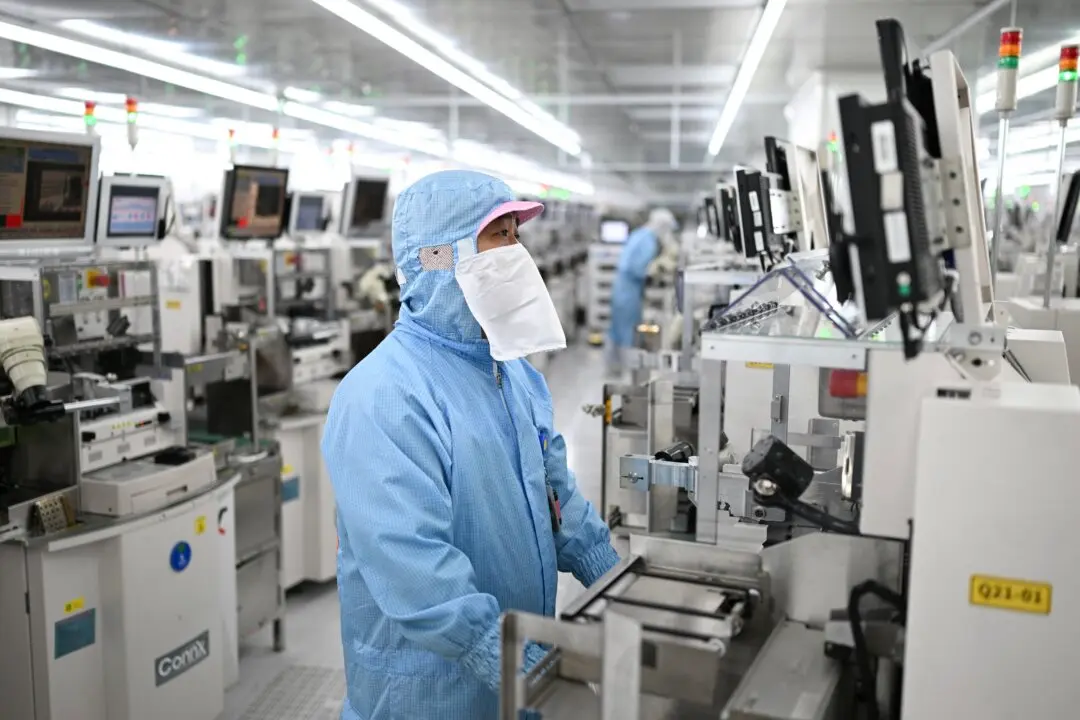A new report from RAND found that the Chinese military has embraced the use of artificial intelligence (AI) to further foreign influence campaigns.
The United States and other countries “should prepare for this AI-driven social media manipulation” by adopting risk reduction measures, promoting media literacy and government trustworthiness, increasing public reporting, and increasing diplomatic coordination, according to the study, published Oct. 1.





